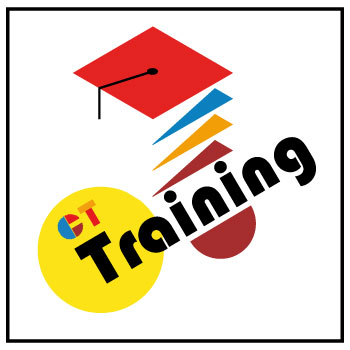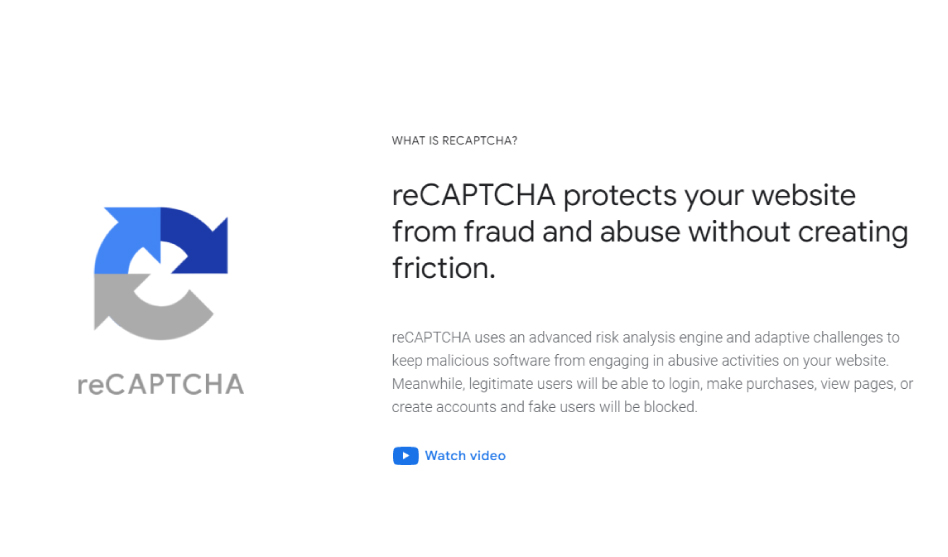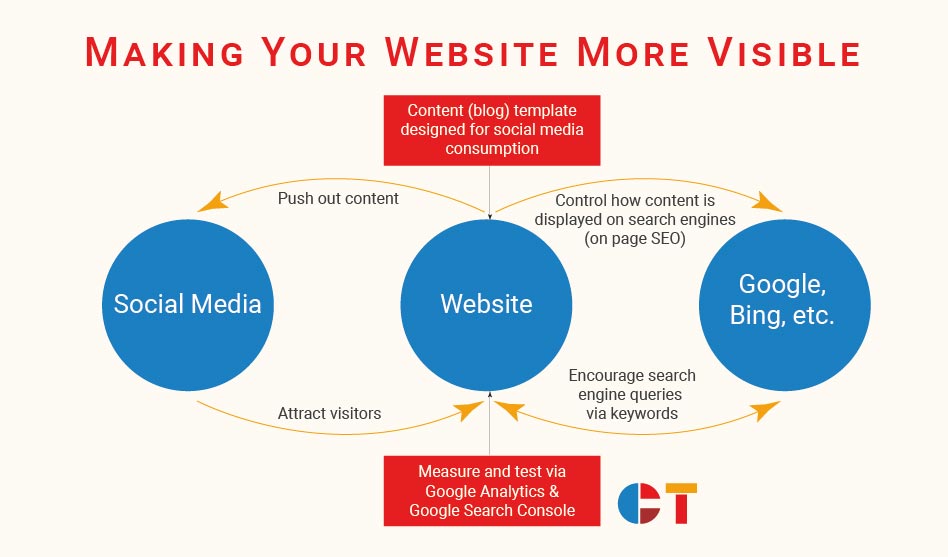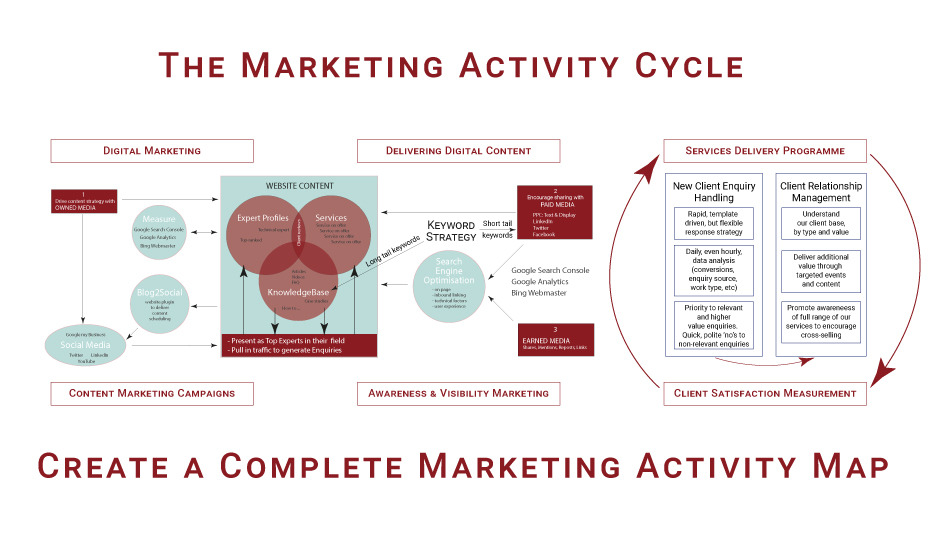When negotiating the scope of a new website, a client asked us to build it with a view to ensuring that the website is more visible on search engines. Here’s how CT approaches this need.
The client has social media and it is straightforward to link to these from the website. Relevant content is pushed out from the website to the business’s social media with a view to attracting visitors. CT’s suggested approach to content creation is the use of evergreen content such as expert guides which have a long shelf life.
A content template (blog) is designed to suit the business’s social media consumption – the template permits the reasonably straightforward ‘dropping in’ of new website content. It can be helpful to have a plugin to assist in scheduling content, particularly if there is a good deal of content. CT currently uses Blog2Social, a paid-for plugin, as a time-saving tool.
On-page SEO focuses on how the content will be presented on search engines such as Google or Bing. For example, it is good practice to create a custom excerpt which search engines are ‘told’ to use as a summary description. Yoast is a helpful plugin for this task and the free version suits the majority of websites.
Another important SEO element is targeting appropriate keywords within the website content, the aim of which is to encourage your content to pop up when searched against by a potential client. It is helpful here to distinguish between broad keywords which tend to be popular (and very competitive) and more focused keywords which are easier to target for small and medium enterprises. By way of example, a broad keyword in legal services could be ‘personal injury legal experts’, while a more focused keyword could be ‘catastrophic head injury legal specialists’.
Finally, it is necessary to measure and test, test and measure. The Google Analytics tool is an excellent means of measuring traffic and where it is coming from. The Google Search Console reports on how well your website is running and may make suggestions for improvement.










